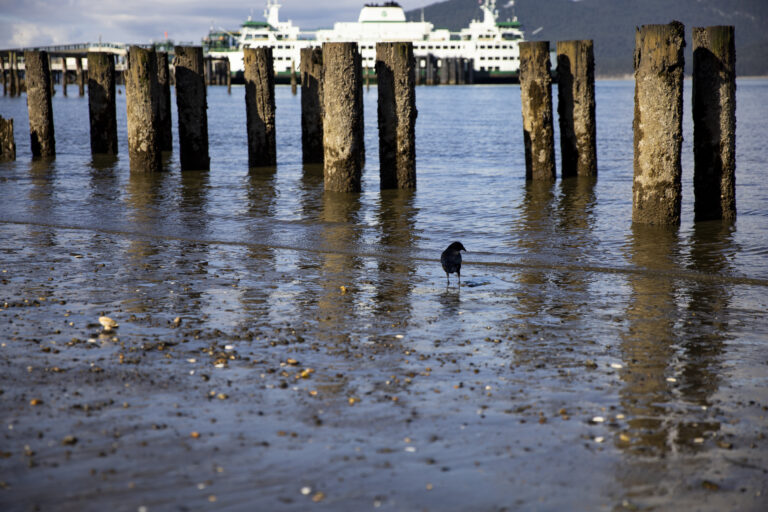Published on February 1, 2024

Reported in The Kitsap Sun
By Peiyu Lin
It’s not a secret that Kitsap County possesses a history of segregation, where some areas of the peninsula were only allowed to sell or rent to white people in the early and mid-20th century. But a specific geographic distribution of the over 2,300 properties that carry racial restriction covenants has not been catalogued for the public — until now.
For several months between the fall of 2022 and the spring of 2023, two or three researchers at the University of Washington headed to the Puget Sound Regional Archives in Bellevue and spent each Friday digging into Kitsap County deed books — specifically, around 300 bound volumes and 520 documents between 1921 and 1948.
The purpose was to identify and map neighborhoods marked by racist deed provisions and restrictive covenants across the state before 1968. A team at UW researched properties in Western Washington and researchers at Eastern Washington University looked into properties on the other side of the Cascades. So far, the project has identified documents covering about 50,000 properties statewide that contain racial restrictions. In Kitsap, the research, primarily conducted by project coordinator Sophia Dowling and research associates Erin Miller and Samantha Cutts, identified over 2,300 properties in the county.
Among the over 2,300 properties, most are in Bremerton (1,054 properties), followed by Bainbridge Island (598), an area of Central Kitsap east side of Island Lake (235), Suquamish (197), Port Orchard (62), Kingston (26) and Seabeck (1), according to the research team’s project website.
The team published an interactive map that marked its preliminary findings — the location of the properties, the language of restriction, the name of the developer, and the initial date of restriction — on UW’s project website last summer.
“This is a very concrete way of seeing how our cities were shaped by segregation,” Dowling told Kitsap Sun. “We have the documents here and we have all the actual concrete data that people can look at this, and different research groups can use this data to come up with solutions and you know, ways to reconcile this history of segregation.”
Continue reading here.
It's not a secret that cities and more rural parts of Kitsap County were impacted by a history of segregation, where some areas of the peninsula were only allowed to sell or rent to white people in the early and mid-20th century. But a specific geographic distribution of the over 2,300 properties that carry racial restriction covenants has not been catalogued for the public — until now. Students and faculty from the University of Washington identified over 2300 racially-restricted properties in the county.